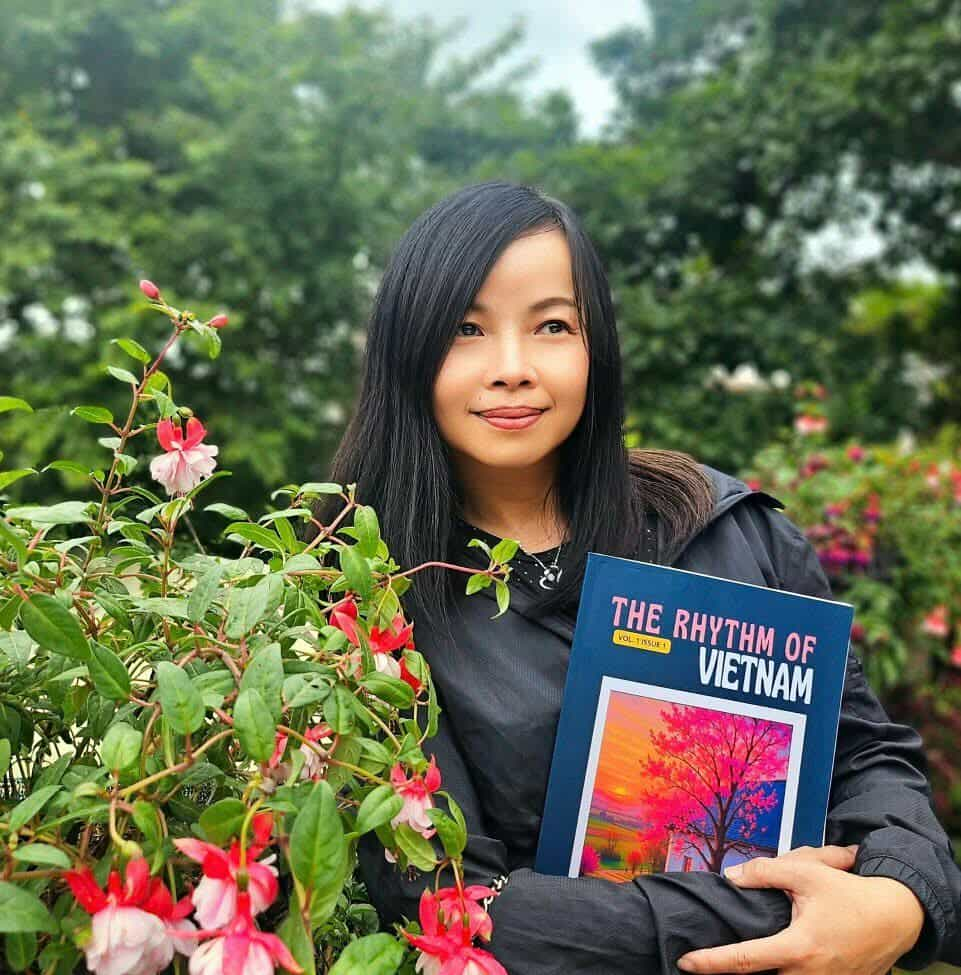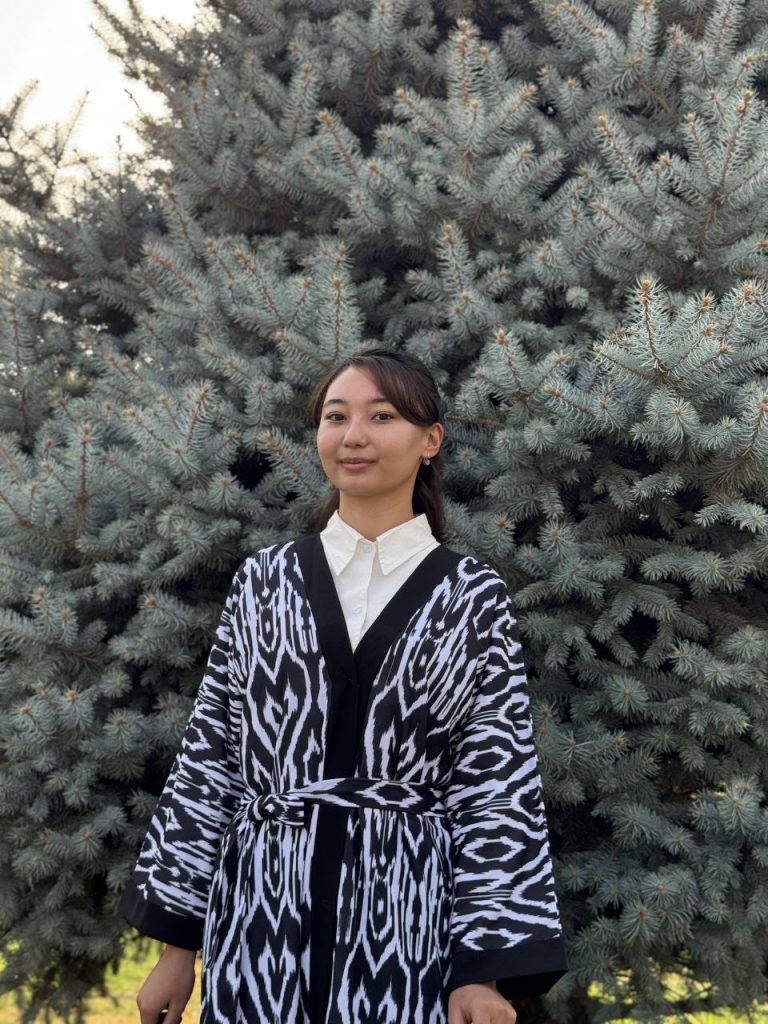
HARBOUR OF THE CHANGING SEASON
(Vo Thi Nhu Mai)
Beneath the hill, grass arranges itself into a song. The wind moves through the leaves. I sit counting threads of kitchen smoke, each one a beat of passing time, and you are a gentle rest note. If I could take the infinite distance and shrink it into my hand, your silhouette would fit there like a trembling dew on a blade of grass at dawn, like the last winter light warm enough to hold a season of longing.
Perhaps every season hides a waiting, and we are lost in the instants where one season meets the next. The hill wake, birds sing into the open air, and within that song I hear your footsteps crossing through layers of mist and bands of young sunlight.
Halfway through this journey called life, I realize every meeting is fate, and every parting is fate too. When something dissolves it does not truly vanish but transforms into another form, like smoke melting into wind, like light hiding in the clouds. Life’s changes sometimes wound us, yet it is through impermanence that the heart opens and learns gratitude for what once arrived.
I want to hold the sky’s thin thread as if holding your fragile hand, so near and so real. But the season shifts and the wind takes away its secrets, leaving only the scent of resin and someone’s distant lute on the slope, a note falling into the grass and turning into a lingering farewell.
If you ever return, remember to cross with me the landing where seasons meet, where we once watched leaves fall without sorrow because we trusted that in every fallen leaf a green seed stirs, and love still breathes softly somewhere between you and me on the sun-named hill.
I have learned that letting go is not forgetting but letting things return to their rightful places, like water finding the river, like wind returning to the sky. Some longings must be laid down to become peace, and some loves endure only when we do not cling. From that, my heart becomes as light as a cloud drifting over the hill where seasons keep changing, and the heart no longer fears loss.
Autumn is the most delicate season. Leaves shift in the soft music of time, change colour in a romance all their own, and fall for me to walk through like brief, fragile clouds. The wind touches the skin when I forget my coat. The desire for something warm, a cup of cinnamon and roasted squash, a lover’s scarf places me inside a time-box of memories, both discovering newness and wanting to curl into warmth beside the hearth.
Autumn turns me into the most innocent, hopeful version of myself. Something strong urges me to rewrite simple things into small adventures. I hear songs that blend the craving to touch raw nature with the rapture of perfect colour. The joy of lying outside, resting my head on a loved one’s lap, holding a book to shade against the sun, makes me see the unpretentious beauty of the season.
I want to remember how fragile this weather is, and how easily people open and become vulnerable when they meet during the changing days. For me, autumn is the beginning of something better, the time when the old hard shells are shed to reveal a smiling child beneath, who still knows how to love, to live, and to smile through change.
Võ Thị Như Mai (Mai White) was born in Vietnam and began her career as a high school teacher before moving to Australia to pursue higher education. She holds a Master of Education and a Master of Literature and has worked as a full-time teacher in Western Australia for over twenty years. She is the founder of the long run THE RHYTHM OF VIETNAM, a platform promoting writers from Vietnam and many other parts of the world. She also starts working as a reporter of MULTICULTURAL PRESS.COM.AU, featuring many multicultural aspects of the writing world. In May 2025, she was honoured with an Excellence Award from the Consulate General in Australia, recognizing her outstanding contributions to the preservation and promotion of her native language and literary heritage within the international community.


